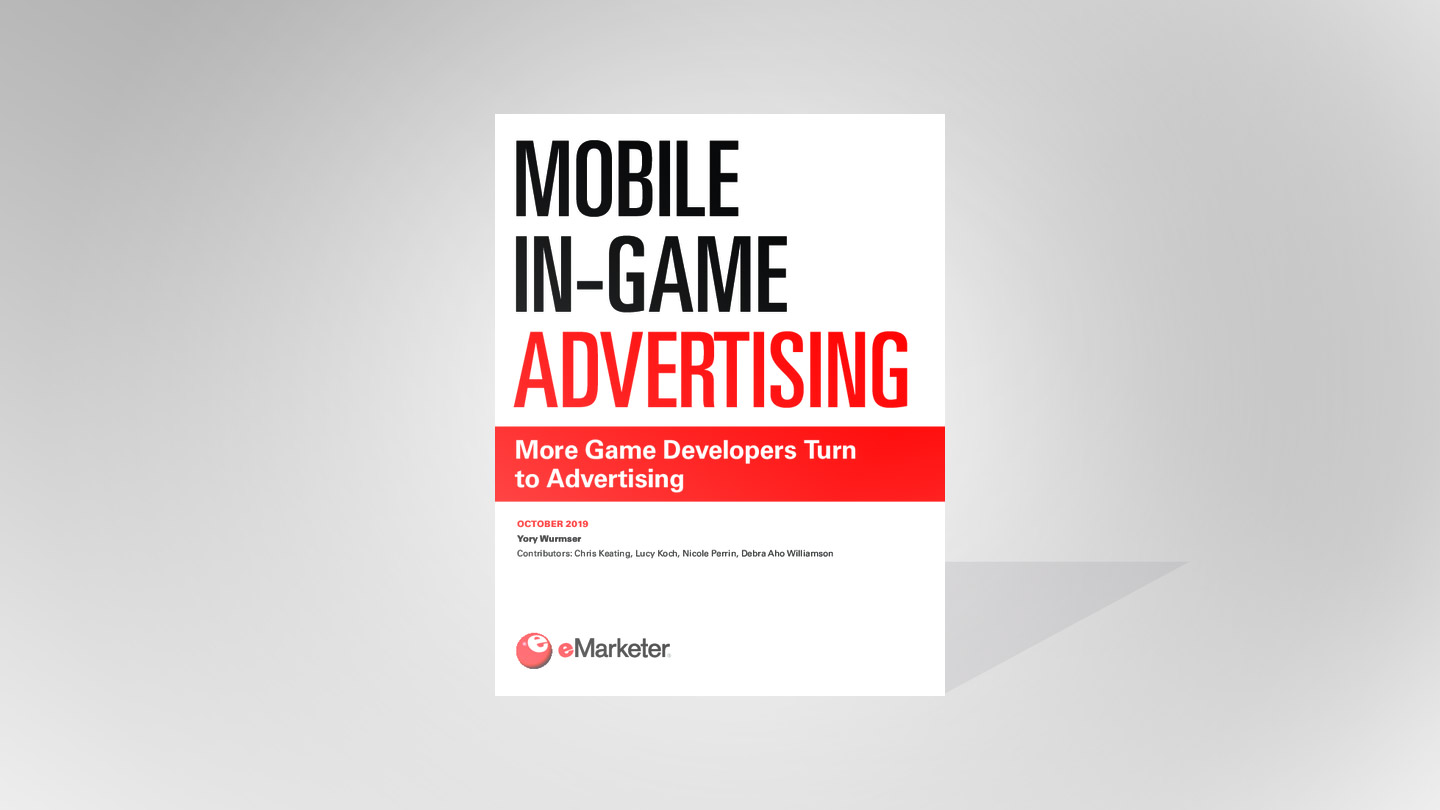Gaming, High Impact Creatives
e-Marketer Report: In-App Advertising and Mobile Games
Oct 26, 2019

Gaming, High Impact Creatives

Last week, eMarketer published a report, Mobile In-Game Advertising, which looked at the overall state of the relationship between mobile gaming and advertising. We were excited to be able to share some insight from our experience as a mobile gaming company. The report covers everything from how game developers are shifting focus to mobile games, to how advertisers are beginning to understand the massive appeal of mobile games, to the different types of ad formats that are successful on mobile.
On the publisher side, revenues from smartphone games continue to increase, and in-app advertising has become complementary to publishers’ revenue from in-app purchases. Further to that, ad revenues from digital games will increase to an estimated $3.25 billion, a 16% increase, most of which can be attributed to mobile games.
There are three major factors this report addresses that are contributing to the rapid growth of in-app advertising:
Other major contributors to the mobile explosion are the rise of hyper-casual games and immersive advertising formats. Here at AppLovin, these are some of our favorite topics. Alice Guillaume, Director of Marketing, AppLovin had the opportunity to contribute to the report and discuss different types of ads. Let’s take a look at the different types of ads that are rising in popularity, especially in the hyper-casual market.
A few additional market stats that stood out:
For more information read the report from eMarketer here.